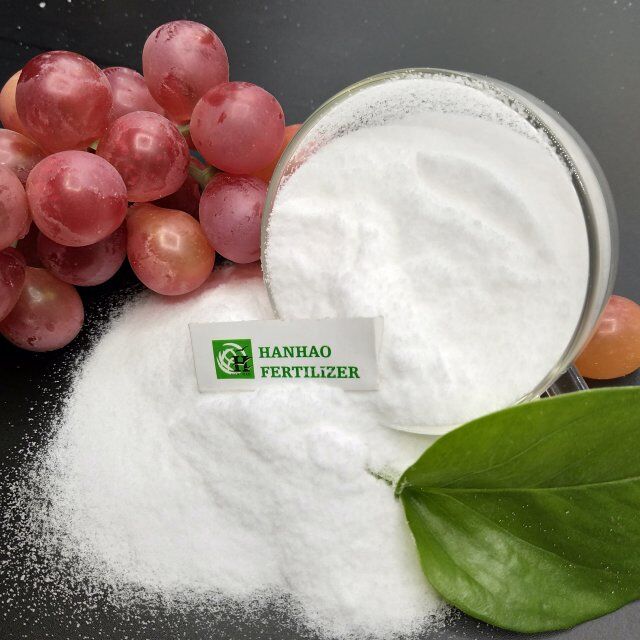
Eyl . 13, 2024 17:15 Back to list
46-0-0 urea fertilizer
Understanding 46-0-0 Urea Fertilizer Benefits and Application
Urea fertilizer, specifically in the form of 46-0-0, is one of the most widely used nitrogen fertilizers in agriculture. This formulation contains 46% nitrogen content with no phosphorus or potassium, making it a potent source of nitrogen for crop production. Understanding its properties, benefits, and proper application can significantly enhance agricultural productivity.
What is Urea Fertilizer?
Urea is a carbonyl diamide compound that serves as an excellent nitrogen source for plants. The 46-0-0 ratio indicates that it is entirely composed of nitrogen, which is essential for numerous physiological processes in plants. Nitrogen is a critical component of amino acids, proteins, and chlorophyll, making it vital for plant growth and development.
Benefits of Using 46-0-0 Urea Fertilizer
1. High Nitrogen Content With 46% nitrogen, urea is one of the most concentrated nitrogen fertilizers available. This high nitrogen content means that farmers can apply less fertilizer while still providing adequate nutrients to their crops. 2. Cost-Effectiveness Given its high concentration, urea fertilizer reduces transportation and application costs, making it a cost-effective option for farmers looking to optimize their budgets.
3. Versatile Application Urea can be applied in various ways, including broadcasting, injection, or incorporation into the soil. Its versatility makes it suitable for different farming practices and soil types.
46-0-0 urea fertilizer

4. Immediate and Long-Term Benefits Urea provides a quick release of nitrogen that plants can readily absorb, promoting rapid growth. Additionally, it can contribute to the long-term improvement of soil health by enhancing microbial activity.
Application Techniques
When applying 46-0-0 urea fertilizer, timing and method are essential for maximizing its effectiveness. It is best applied during the early growing season when plants are developing their root systems. Here are some recommended practices
- Soil Incorporation Incorporating urea into the soil helps minimize nitrogen loss through volatilization, especially in dry conditions. This technique ensures that the nitrogen is available for plant uptake.
- Split Applications Dividing the total nitrogen application into multiple smaller doses can improve nitrogen use efficiency and reduce the risk of leaching, particularly in sandy soils.
- Monitoring Soil pH Urea is most effective in slightly acidic to neutral pH (6.0-7.0). Regular soil testing can help determine the appropriate pH levels for optimal nutrient availability.
In conclusion, 46-0-0 urea fertilizer serves as a powerful tool for enhancing agricultural productivity. By understanding its benefits and applying it correctly, farmers can achieve significant improvements in crop yield and soil quality, ultimately leading to more sustainable farming practices. Whether for large-scale agriculture or small gardens, urea fertilizer remains a staple for any nutrient management plan.
-
Premium Organic Manure Compost for Eco Gardens
NewsAug.01,2025
-
Organic 10-10-10 Fertilizer | Balanced Plant Nutrients
NewsJul.31,2025
-
Premium Amino Acid Fertilizer | Rapid Plant Growth Booster
NewsJul.31,2025
-
10 10 10 Fertilizer Organic—Balanced NPK for All Plants
NewsJul.30,2025
-
Premium 10 10 10 Fertilizer Organic for Balanced Plant Growth
NewsJul.29,2025
-
Premium 10 10 10 Fertilizer Organic for Balanced Plant Growth
NewsJul.29,2025
